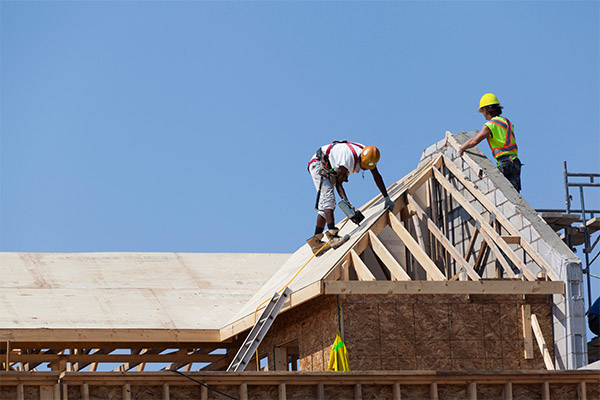No products in the cart.
How To Avoid Common Metal Roof Installation Mistakes

Installing a metal roof can be a daunting task, but with the right preparation and planning, it can be a relatively smooth process. Unfortunately, there are a number of common metal roof problems that can occur during installation, resulting in everything from unsightly rust streaks to water damage and even worker injury. In this blog post, we will take a look at some of the most common installation issues and how they can be avoided.
Problem: Metal Shavings Causing Rust Streaks
When installing a metal roof, one of the most common problems is that tiny pieces of metal shavings and dust from drilling can stick to the new metal panels causing rust streaks. This is especially true in areas with high humidity or near coastal environments where saltwater exposure will cause corrosion and oxidation.
Problem: Over-Tightened and Under-Tightened Fasteners (Oil Canning and Leaks)
When installing a metal roof, it’s important to ensure that the metal panels are not over-tightened or under-tightened. If they are over-tightened, this can cause them to buckle and warp (known as oil canning). Conversely, if they are under-tightened, water intrusion through the gaps.
Problem: Improper Fastener Placement
Another common issue when installing a metal roof is improper fastener placement. This can happen if screws are placed too far apart or too close together, leading to panel movement and water damage.
Problem: Unsafe Working Conditions
Finally, one of the most serious problems that can occur during metal roof installation is unsafe working conditions. This can include anything from falling debris to slippery surfaces and even the risk of electrocution if electrical wiring or outlets are in close proximity.
Read more: 10 Commandments of Metal Roofing Safety
Problem: Improperly Installed Underlayment
The underlayment is the material installed between the roof deck and metal panels, which provides a barrier against water infiltration. If this is not properly installed, it can lead to serious damage from water leaks or even mold growth.
Problem: Delays Due to Worker Injury
Finally, one of the most serious issues that can arise during metal roof installation is worker injury. If a worker is injured while on the job, it can lead to costly delays in the installation process.
To avoid this type of problem, it’s important to ensure that all workers are properly trained and equipped with the necessary safety gear. Additionally, regular inspections should be conducted to ensure that all workers are following safety protocols.
Problem: Inadequate Onsite Material Storage
Finally, inadequate onsite material storage is another issue that can lead to problems during metal roof installation. If the roofing materials are not stored properly or if they are exposed to extreme temperatures or moisture, this can result in premature failure of the roofing system.
In conclusion, installing a metal roof can be an involved process with potential challenges along the way. By taking steps such as proper prep work and quality material selection, these issues can be minimized and the risk of costly repairs can be reduced. Additionally, by following the manufacturer’s instructions and implementing safety protocols, you can ensure that your metal roof installation is a success.
Contact Us today to learn more about our standing seam metal roofing tools and supplies.